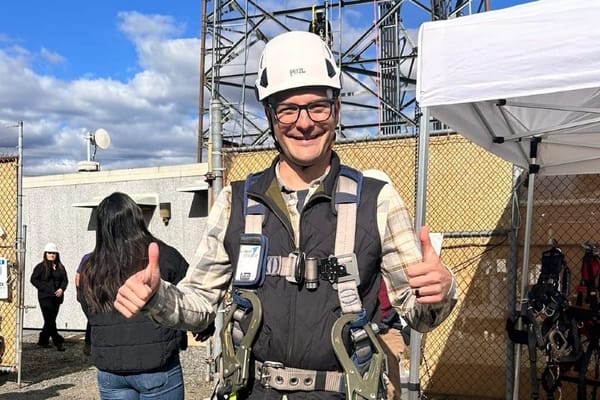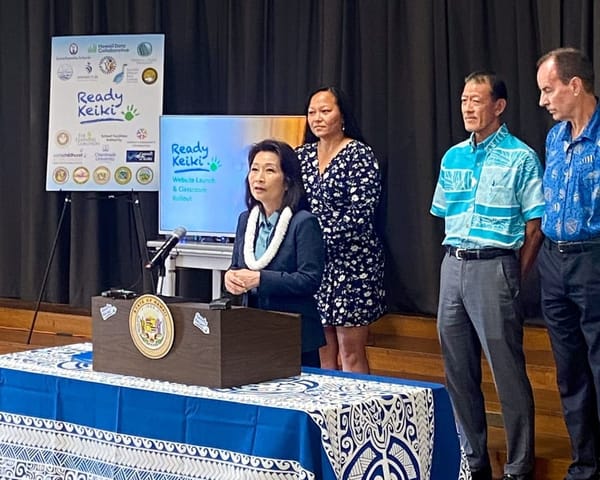How States Are Using Money from the Capital Projects Fund
Over $9 billion of the program's $10 billion budget for the CPF has been allocated, director says.
Jericho Casper

January 17, 2024 – Director of the Treasury’s Capital Projects Fund, Joseph Wender, said Wednesday that over $9 billion of the program’s $10 billion allotment has been awarded to states and territories to expand broadband access to more than two million locations – with states and territories using the funds in their own ways.
Wisconsin, with an ambitious $182 million allocation, has three comprehensive plans, allocating $33 million for digital devices, $42 million for broadband infrastructure projects, and $107 million to develop multi-purpose community facilities.
The first of the state’s plans introduces a competitive digital technology grant program, deploying computers and devices, and providing digital navigation services to ensure that users are able to make full use of the technology. Wisconsin estimates this program will serve more than 20,000 households.
In Maryland, 26 percent of the state’s CPF allocation, about $45 million, is dedicated to a grant program targeting multi-dwelling units. The initiative focuses on upgrading MDUs with reliable internet and installing public Wi-Fi in common areas. CPF investments will serve around 11 percent of locations still lacking high-speed broadband in the state, as reported by Maryland.
Alaska has designated the state’s CPF funding to seven projects aiming to construct and expand multi-purpose community facilities. The largest chunk of the state’s funding, $24 million, goes to the construction of the Nenana Health and Wellness Complex, featuring various healthcare facilities and services, as well as a daycare center.
Notably, many states are choosing to fund competitive grant programs to deliver last-mile broadband infrastructure to unserved locations. New Hampshire, for instance, predicts its grant program will serve over 50 percent of locations currently lacking internet access with CPF funding.
In the Pacific, the Federated States of Micronesia plans to utilize $14.3 million of CPF funding to construct a critical portion of a submarine fiber optic cable system to deliver reliable broadband to multiple islands in the region.
Puerto Rico allocates $65 million, 41 percent of its CPF allocation, to construct technology centers equipped with backup power generation and the capacity to support an influx of patrons if a natural disaster occurs. The territory’s remaining $85.7 million supports the Puerto Rico Submarine Cable Resiliency Program, establishing a new submarine fiber route and creating three new cable landing stations on the island’s coastlines.
The CPF designed to fund essential capital projects facilitating remote work, education, and health monitoring, marks a historic milestone as the first federal broadband initiative with a 100/100 symmetric speed requirement.
These projects are made possible through directives established in the American Rescue Plan Act in response to the challenges posed by the COVID-19 pandemic.
The clock is ticking, with projects mandated to be fully operational by December 31, 2026.







